Why Watch Both Vandread and Vandread: The Second Stage
In my early anime fandom days (2004-ish), I was introduced to Vandread and its sequel, Vandread: The Second Stage. It quickly became a favorite anime series of mine, so much so that even in my poor days, I purchased all eight DVDs. In 2008, I wrote a Back to the Vaults piece for Vandread. Then in 2010, I did a Back to the Vaults piece for Vandread: The Second Stage.
Recently, I had a strong desire to rewatch both series. To that end, since I’d already done Back to the Vaults pieces, I do a Why Watch… piece and see how it holds up in 2024.
–> Buy Vandread: Ultimate Collection from Amazon.com!
The Story, in Brief
In the future, a Vanguard parts mechanic, teen boy named Hibiki lives on the male Taraak. He gets pressured to put his money where his mouth is by marking a Vanguard mecha unit on the refit colony ship, Ikazuchi, which is now a warship. The ship gets an early launch celebrating the refit. As such, Hibiki gets caught and thrown into the brig on the old colony section of the ship.
Pirates from the female planet Mejere attack the ship, which is full of cadets. Fear of losing their high tech section of the ship causes the Taraak military leader to have the colony ship section jettisoned and destroyed. The men escape, sans Bart, a big mouthed coward, and Duelo, a medical doctor. Female Dread fighter pilots Meia, Jura, and Dita are also caught on the colony ship when the Taraak torpedoes hit.
The Ikazuchi‘s power supply, Paksis Pragma, opens a wormhole to send the pirate ships, fighters, and Ikazuchi so another part of the galaxy. The crystalline eruption from the Paksis causes the pirate ship and colony ship to merge, change, and grow. Further, the three Dread fighters and the Vanguard unit get encased, causing them to increase in size.
An unknown enemy attacks, but the Ikazuchi won’t budge until it “picks” Bart to be its pilot. Hibiki pilots his modified Vanguard unit to assist the Dreads, when a collision with Dita’s ship causes their units to temporarily merge into Vandread Dita. Thus the men and woman who’ve been enemies have to work together to get home and warn their people of this unknown enemy that’s coming to harvest them.
The Good: Characters
The biggest strength of both Vandread series are the characters. Not only do we get a very memorable cast, but Gonzo actually manages to give some characters some fairly nice work. Meia gets the best work as she has two character episodes dedicated to her. As a result, her character’s arc and growth are lovely to see. Further, it feels organic as someone who’d distance herself to keep from getting hurt after the tragedy on Mejere, yet longed to be with others.
Second would be the protagonist, Hibiki. At the start, his character is a walking, shounen cliche. He frequently boasts and brags about everything he does. He’s quick to anger, especially with the clingy, obsessed Dita, whom he has feelings for that he can’t explain. During his character arc, he comes to understand the value of teamwork and caring for others so that by the end of Vandread: The Second Stage, he’s still Hibiki, but more mature and thoughtful.
If I had to say who was third on the list of characters, it would be the buffoon, Bart. When the series begins, he’s a coward and a liar. Yet when the Paksis Pragma chooses him to be the ship’s pilot, he has no choice but to step up to the plate. Where Bart gets his growth is in the second series. I won’t spoil the episode, but Bart has a life changing event. He’s still used as comedic fodder, but at the end, he’s not the same Bart he was at the beginning.
Gascogne comes up next, where we learn about what happened to her during the tragedy on Mejere. Other characters don’t get as much fleshing out, but are still memorable.
The Mostly Good: Characters
While I like all of the characters in Vandread, I do have a small issue with the character work. Due to the episode time constraints and the need to get the plot through, rich character work doesn’t get farmed to the max. For example, even though Meia gets a great arc, there’s a ton Gonzo leaves to our imagination to fill in blanks.
The same can be said for Hibiki. Sure, we are given enough background material to know where Hibiki came from. However, I would have liked to have had time dedicated to Hibiki when he lived with his “Grandfather” and the decisions that lead to Hibiki getting his job as a parts mechanic in the city. Further, I would have liked positive confirmation about Hibiki’s parents and their past.
The same can be said for a lot of the cast. I wish that we’d seen the events that lead to BC joining Magno’s crew. At the same time, it would have been great to see what lead Magno to become a pirate and rebel against the leadership of Mejere, whom she knew as a child. The series kinda hints that Magno may be related to Hibiki.
Had there been more episodes for Vandread and Vandread: The Second Stage, or even longer episodes, these interesting characters and more could have been fleshed out more. Further, some of the character growth that happens wouldn’t feel so rushed. That is probably the biggest negative in terms of the writing.
The Mostly Good: The Plot and Premise
Another really good thing about the Vandread series is the premise. The notion of men living on one planet at war with women who live on another planet is quite interesting. Men are taught that women will literally eat them. Women are taught that men are the worst thing imaginable. Thus when three young men are forced to live with a ship full of women, things get even more interesting.
For the most part, the integration of the three males into the Nirvana is natural. I will concede that the fact that only Bart can pilot the ship is contrived. However, Duelo as a medical doctor has immediate value to the crew, since only the young teen Paiway serves as a medic of sorts. Hibiki’s role as a Vanguard pilot who can merge with Dita’s, Meia’s, or Jura’s Dread fighters doesn’t do as much. However, Hibiki’s character arc deals with this.
The enemy the crew of the Nirvana have to deal with are interesting. Likewise is the mystery of Earth and the truth behind the harvesters. Further, Taraak and Mejere’s official response to this leads to some interesting revelations. I really liked it all, but there were some issues.
The Could Be Better: Rushed Results
As mentioned with the characters, the weakness of the Vandread series is episode time limits. For example, there’s an episode where Hibiki encounters another group of colonist, where males and females do live together. However, Hibiki isn’t with them long enough to deeply bond with them and understand them. Gonzo just expects us to go with the flow, and for the most part, we do.
Likewise near the end of Hibiki’s character arc, the encounter with the humans there comes off as somewhat rushed. The episodes really could have been longer, or stretched over multiple parts, if they’d had the budget.
That’s not to say that everything tried to get crammed into a single episode. Obviously, there’s an overarching storyline so that there are consequences that result from events in earlier episodes. Indeed, there’s what sub-arc that covers three episodes where Barnette’s anger with men is covered. Yet here too, things get wrapped up too quickly in order to move the plot forward.
Finally, there’s Grandpa-sama and Grandma-sama, the respective leaders of Taraak and Mejere. The series heavily implies that Grandma-sama is Hibiki’s mom and indicates that Grandpa-sama is Hibiki’s dad. There’s even a suggestion that pirate leader Magno knew Hibiki as a young child. Unfortunately, this is never confirmed.
The Bad: The Red Reset Button
There’s only one truly bad moment in terms of story. I won’t spoil, but for whatever reason, at the end of Vandread: The Second Stage, Gonzo undid one of the most powerful, character-altering moments in the series. I think I know why they did it, but I disagree with the decision.
The Okay: The Comedy
While Vandread and Vandread: The Second Stage make for an excellent, drama-based sci-fi series, Gonzo adds lots of shounen humor to the mix. (This on top of other shounen series cliches.) Since this is a series where women and men have to get used to living together for the first time in a century, a lot of comedy is mined from this concept. When Misty is introduced in the sequel, this type of comedy increases.
Another related level of comedy comes from Dita’s pursuit of Hibiki and his subsequent attempts to elude her.
For most of the series, Bart is used as comedy fodder due to his nature. Similarly, the navi-bot Pyro does a like of comedy stuff, especially after Ezra gives birth to Kahula. And finally, the young Paiway does a lot of childish, “Pai Check” stuff when spying on the crew for comedy purposes.
Still, for the most part, the comedy works like it should. There are no laughs for me so many years later, but that can happen with the passage of time.
The Mostly Good: CGI
For the most part, the art and animation of Vandread and Vandread: The Second Stage hold up pretty well after all these years. Even on my HD TV, the DVD looked decent enough (though the HD player won’t upscale the image beyond 1080P). Regardless, I was worried that things would look terrible, but they don’t.
The CGI work for the ships holds up as well. The Nirvana has an iconic shape to it. The Dread fighters still look good too. I did notice this time that we never get really close looks at the Dread fighters, other than the various Vandread units. In combat, speed is the name of the game and frankly, that probably helps.
Hibiki’s Vanguard unit looks kinda rubbish at times. Also, when the Nirvana takes damage, I wish we’d see scorch marks or other indications of combat. It is a minor thing though.
Final Thoughts and Conclusion
In the end, Vandread and Vandread: The Second Stage remain one of my top five favorite anime of all time. Despite some shounen weaknesses and time constraint issues, this series is a real diamond in the rough, where the good easily outweighs the bad. If you haven’t watched it, I highly recommend doing so, preferably in Japanese with the subtitles. 😜



 February 18th, 2025
February 18th, 2025  AstroNerdBoy
AstroNerdBoy 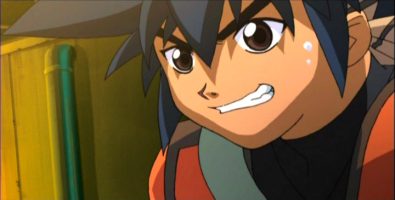
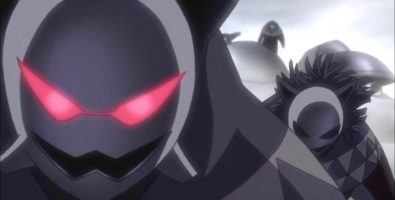
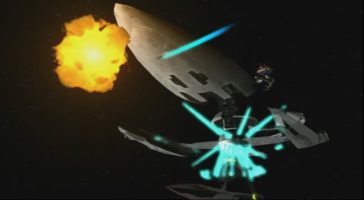
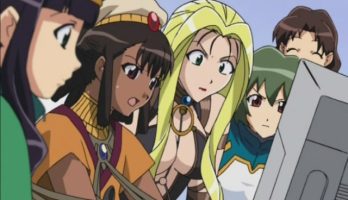
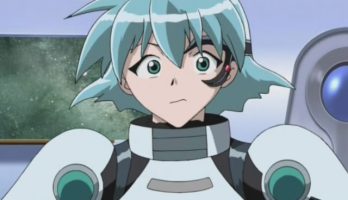
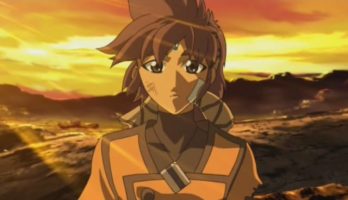
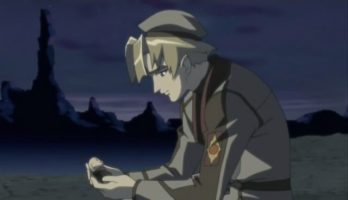
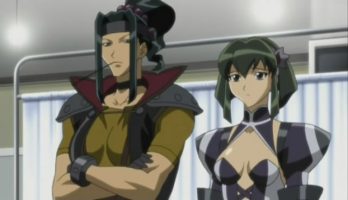
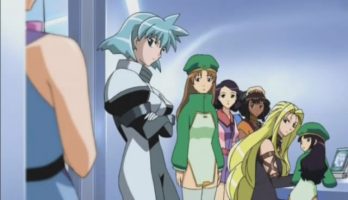
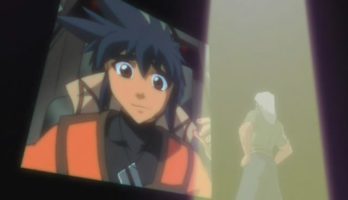
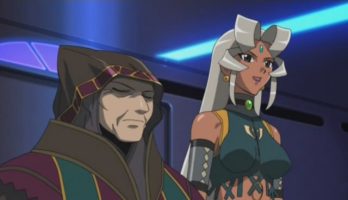
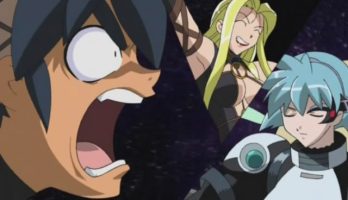
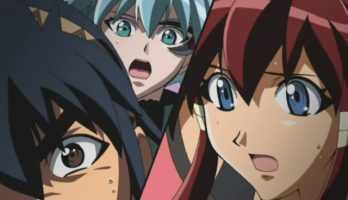
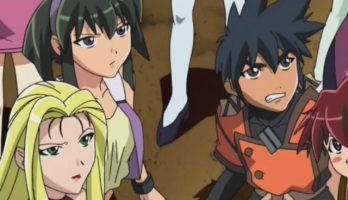
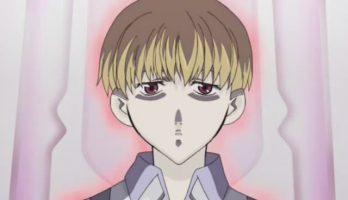
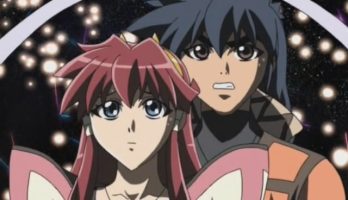
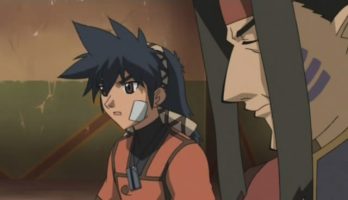
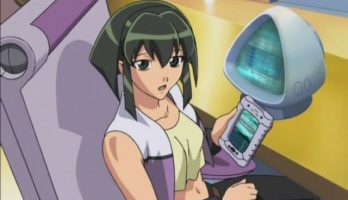
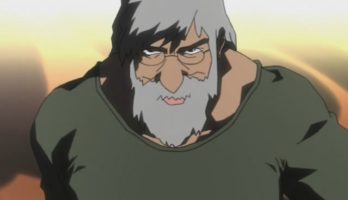
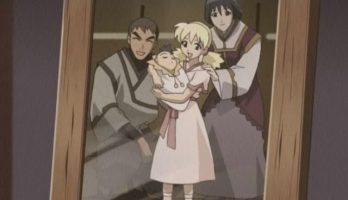
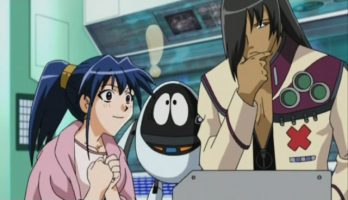
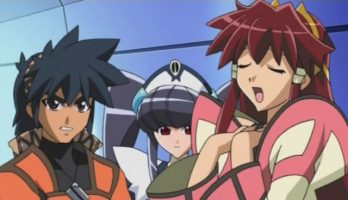
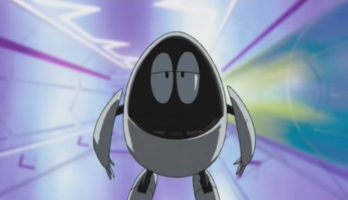
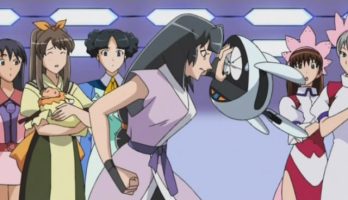
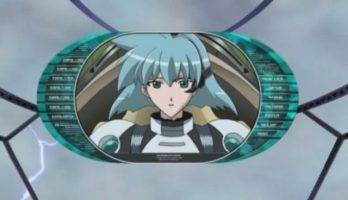
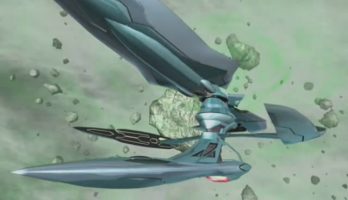
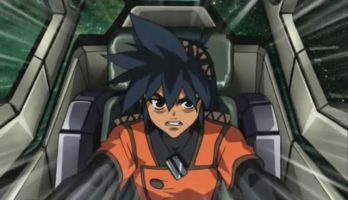
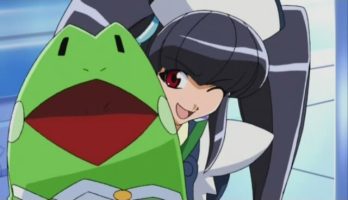
 Posted in
Posted in  Tags:
Tags: 